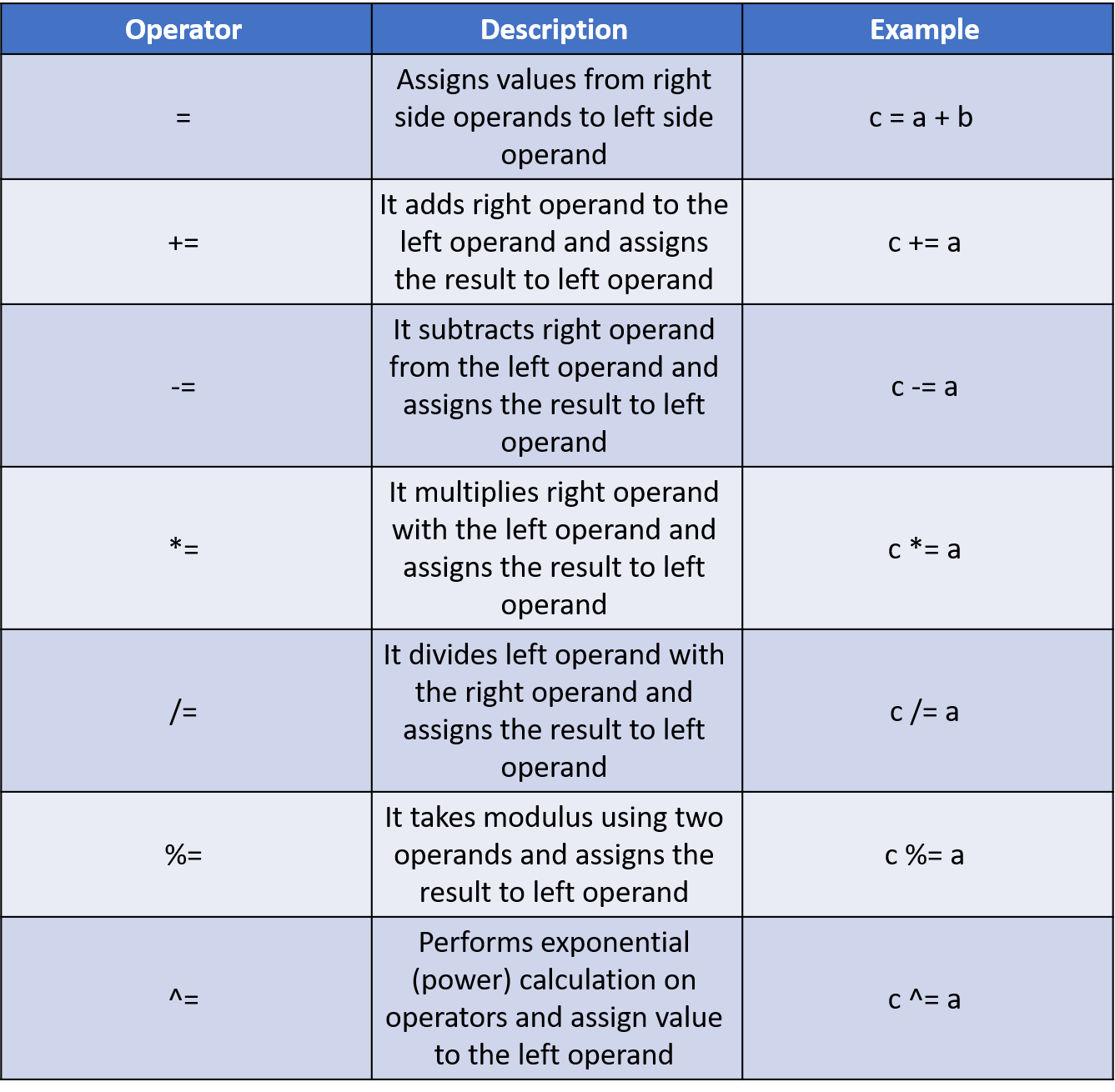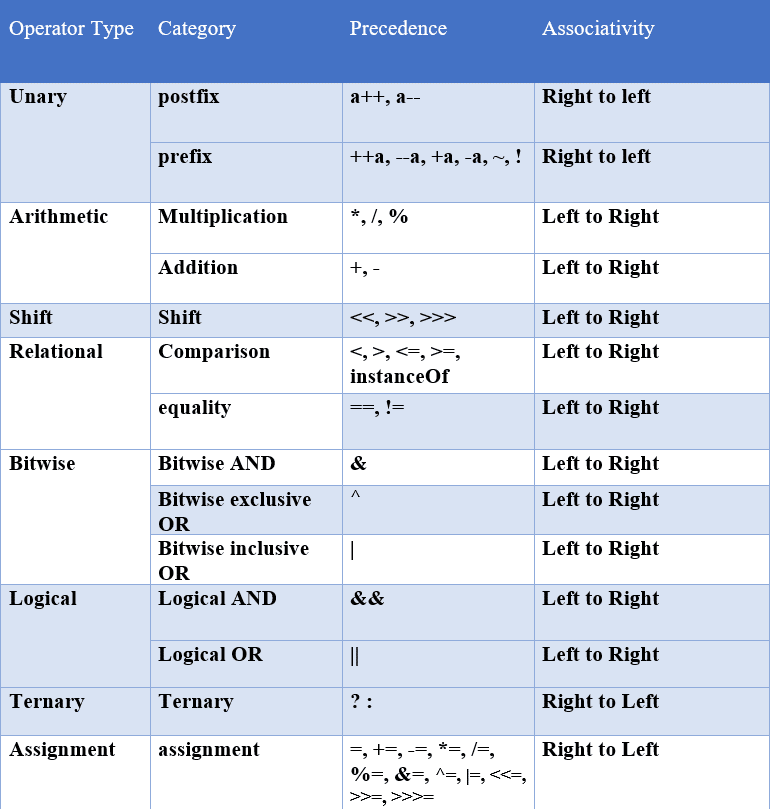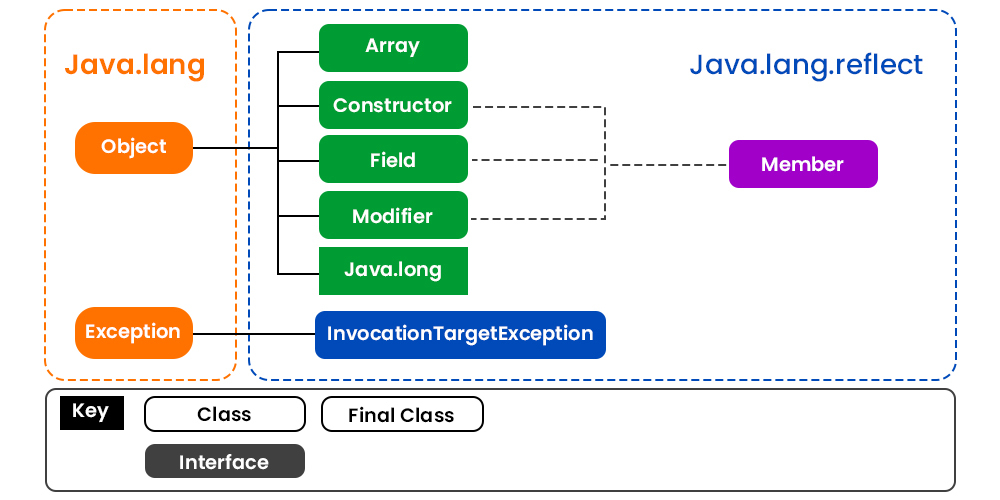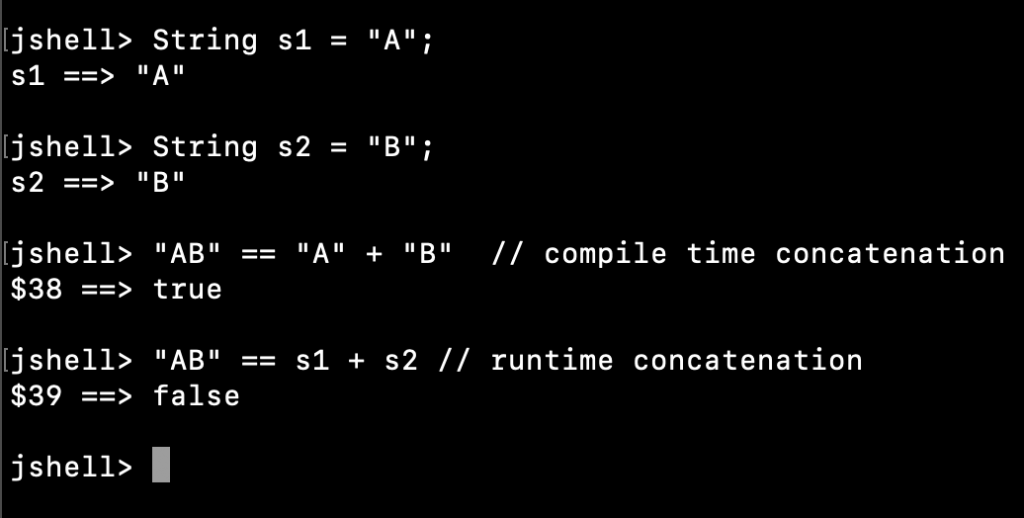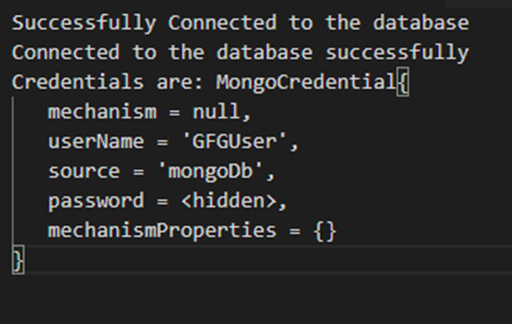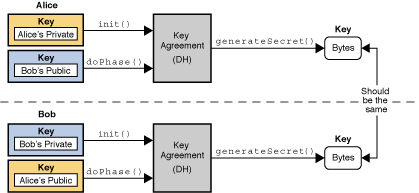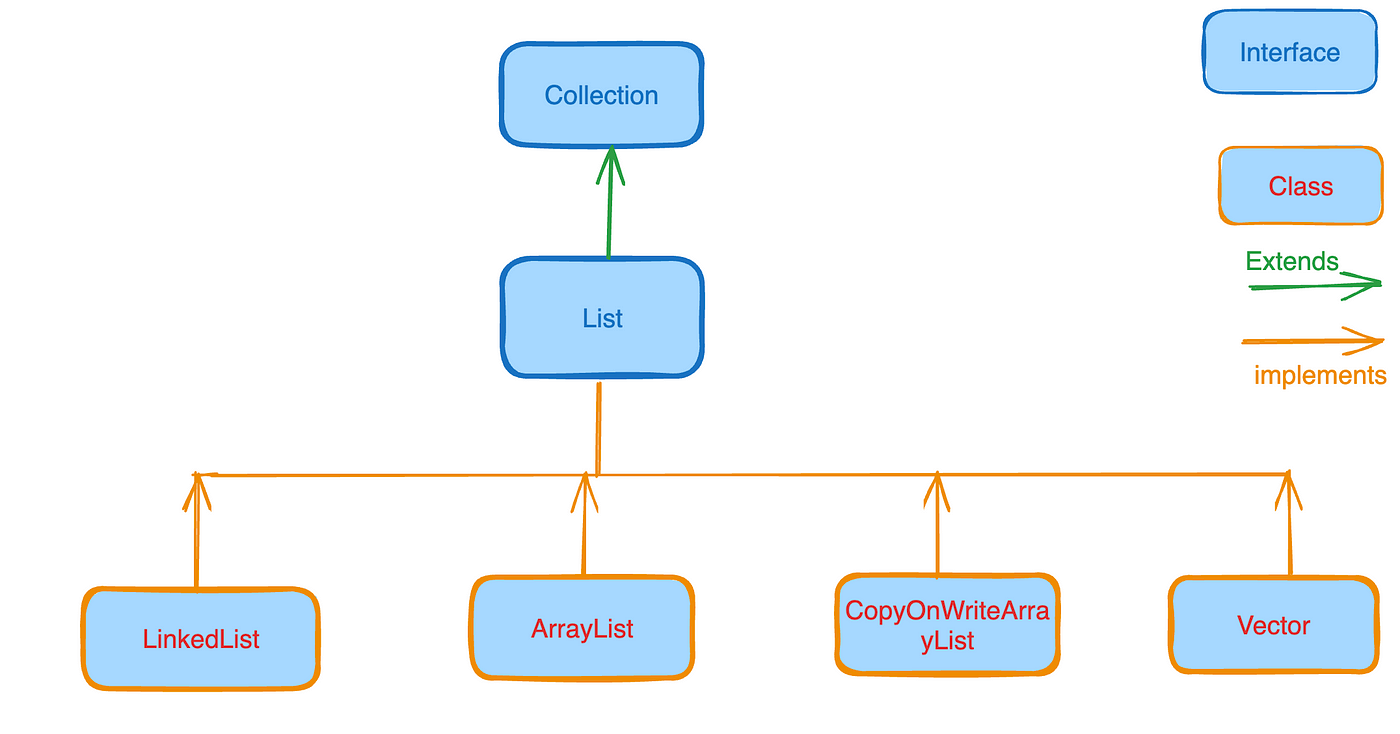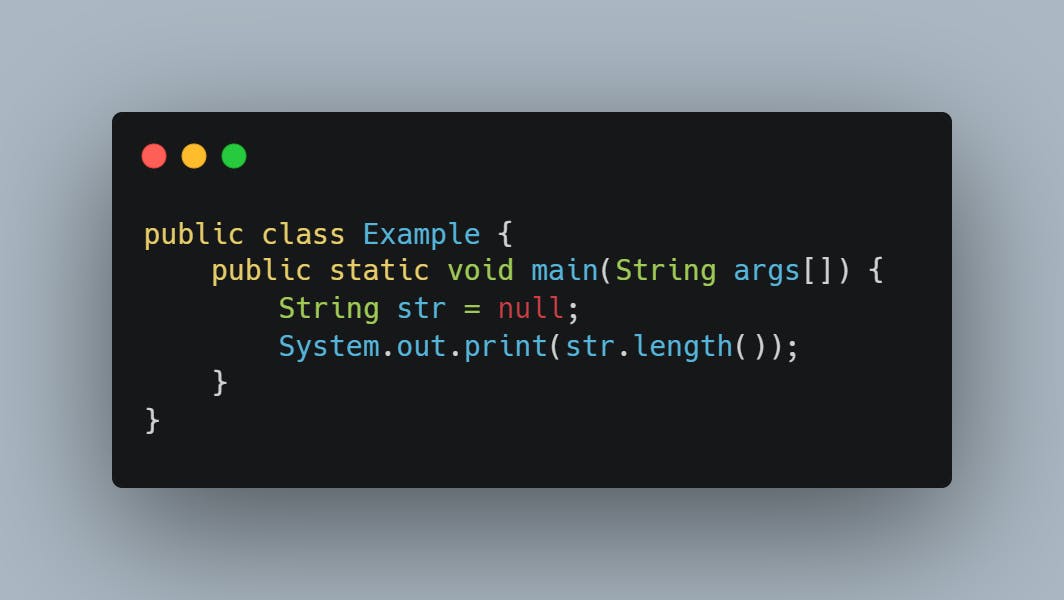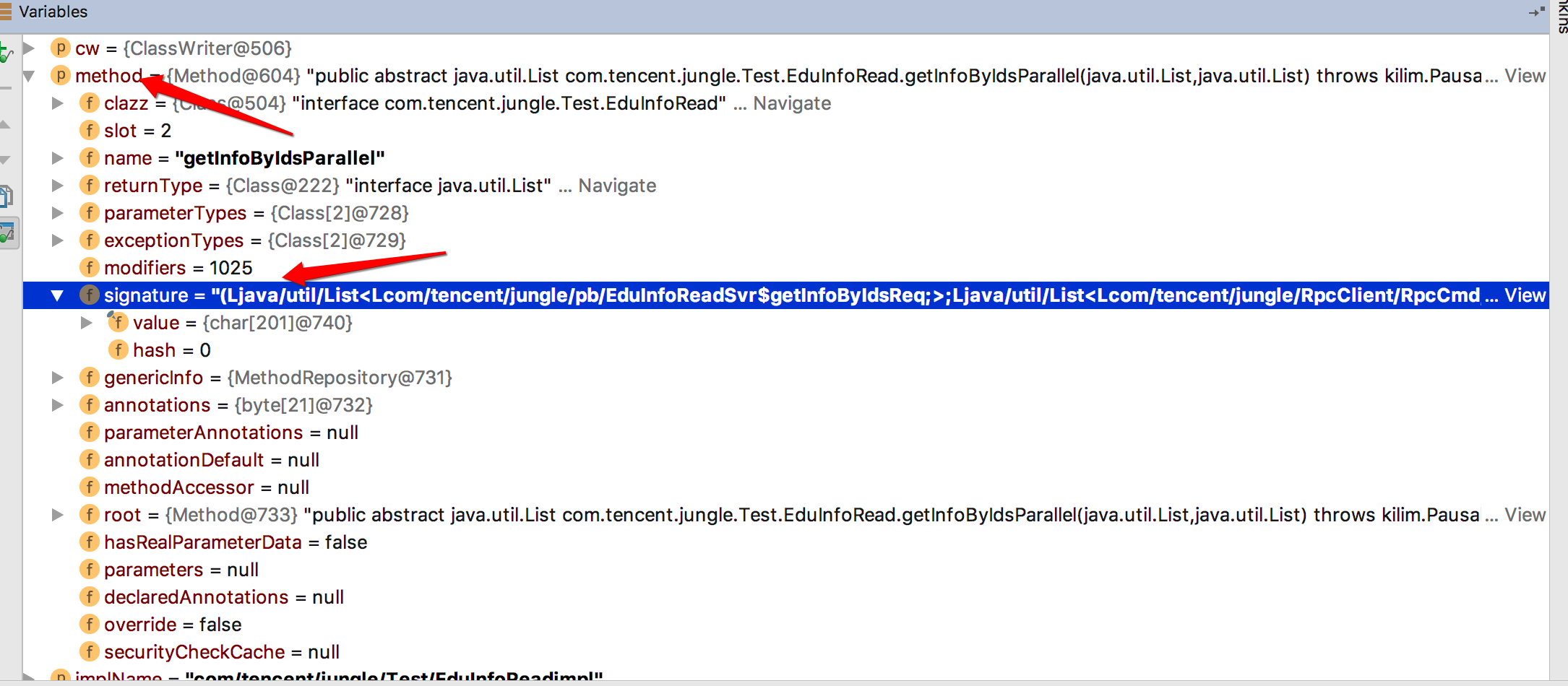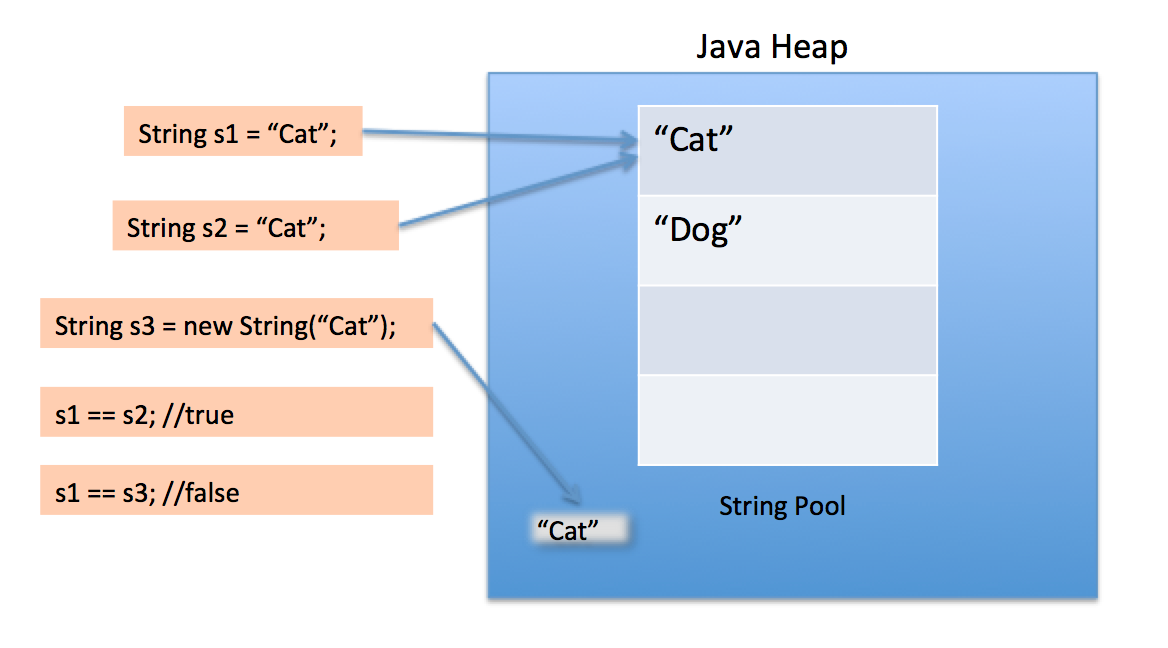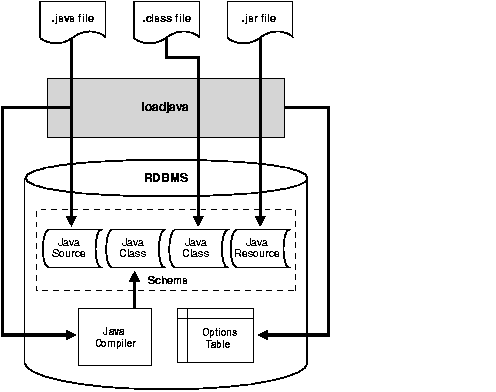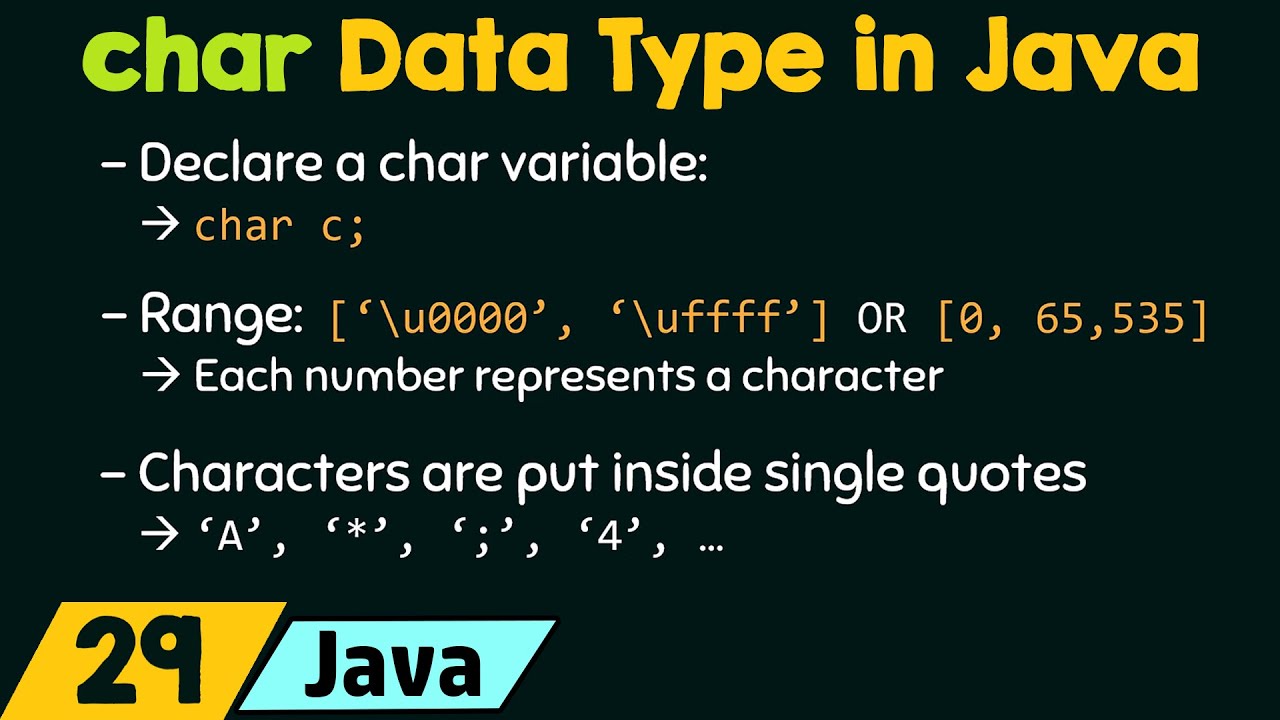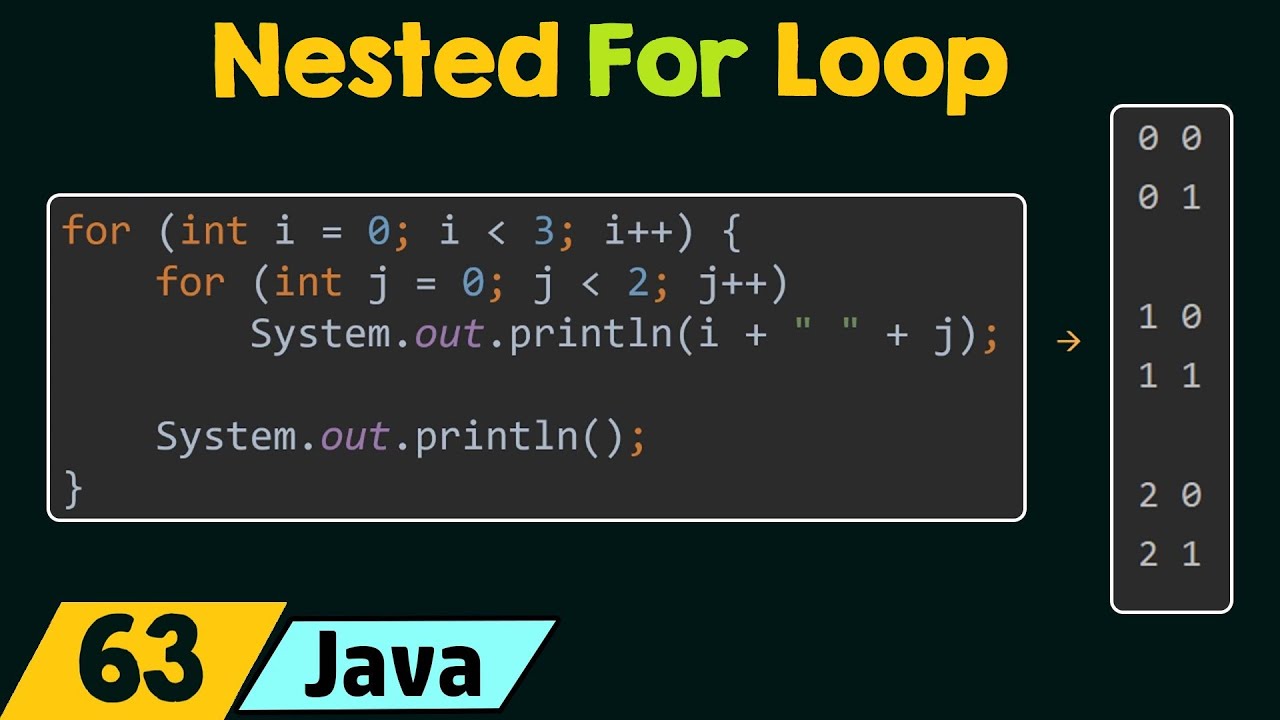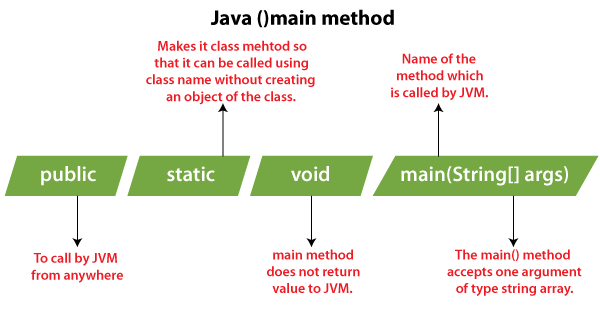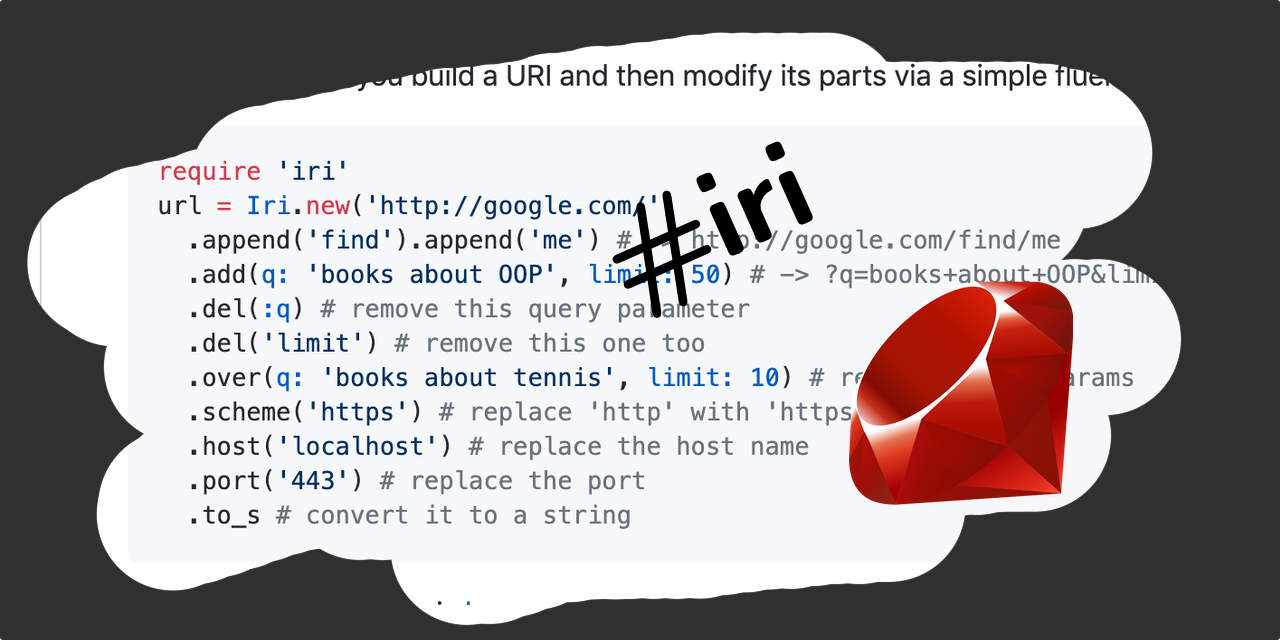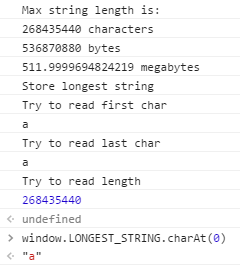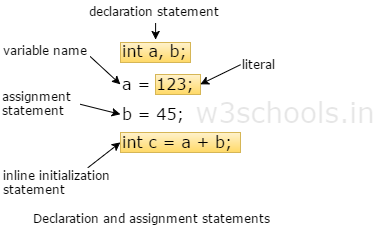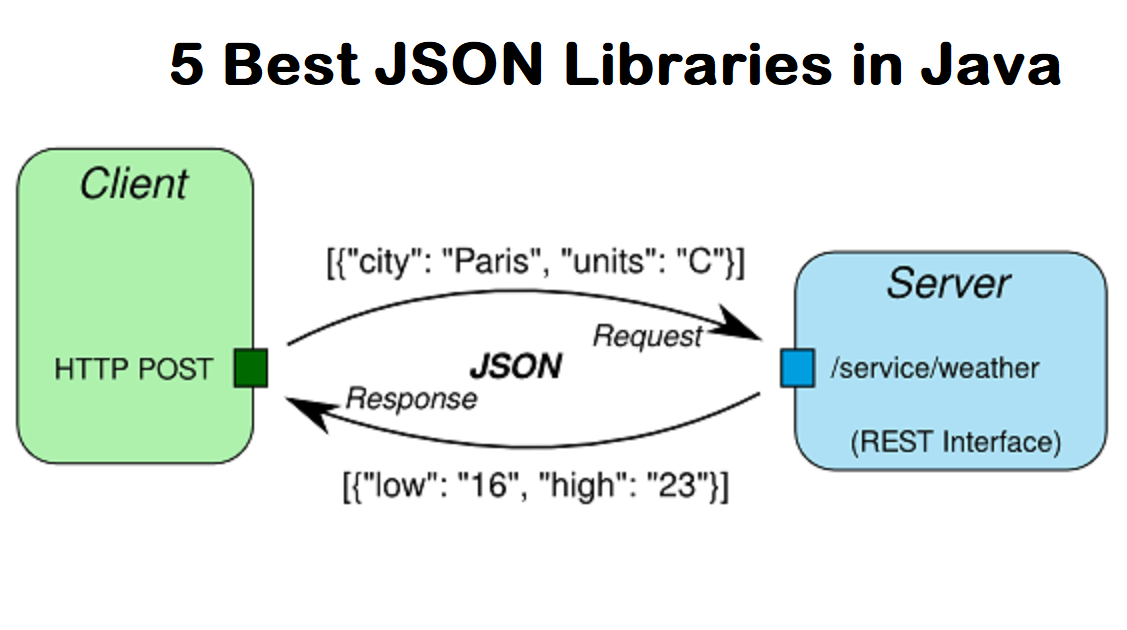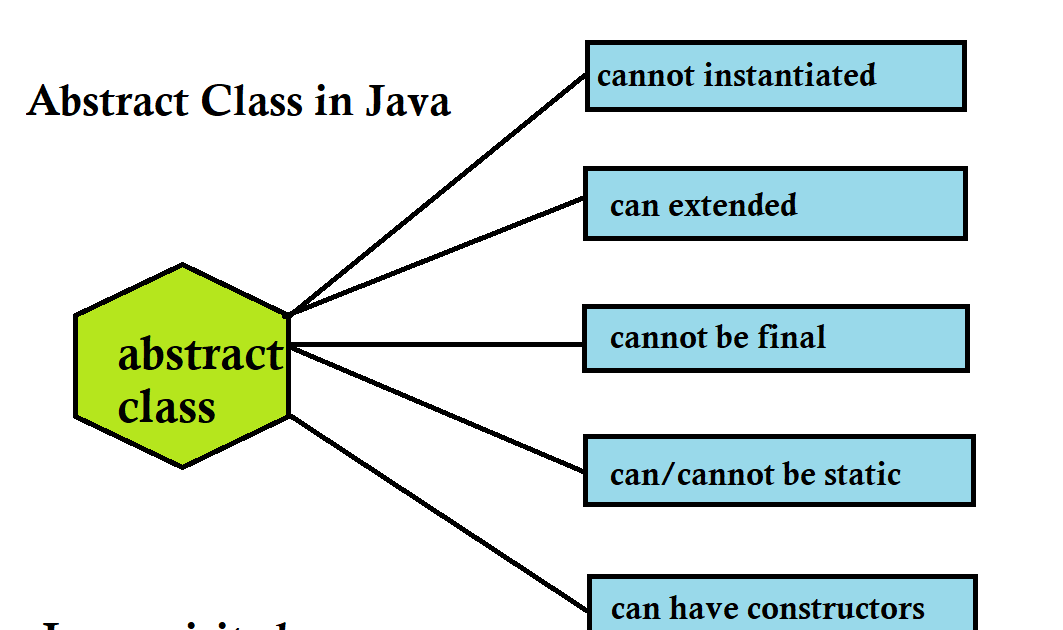What is the name of this '%' operator in Java?
What is the name of this '%' operator in Java?
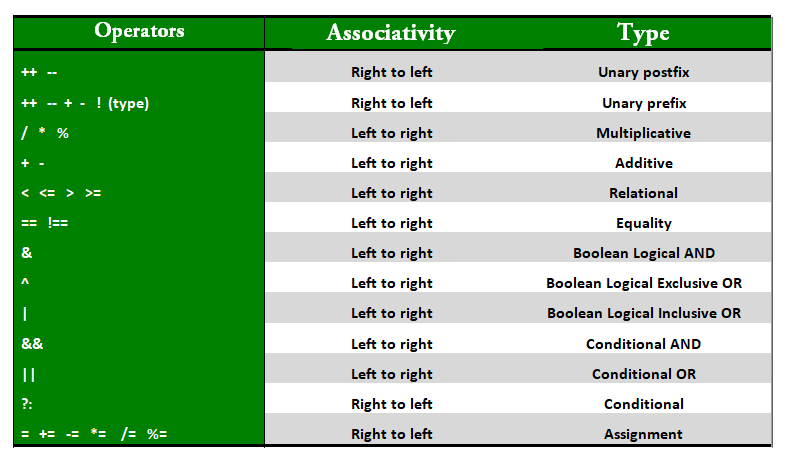
The "percent sign" or "%" operator in Java is called the modulo operator. It performs a remainder operation on two integers, producing the remainder of the division of the first integer by the second.
The modulo operator is often used to determine whether one number is evenly divisible by another. For example, if you want to know if a number is odd or even, you can use the modulo operator with 2 as the divisor. If the result is 0, then the number is even; otherwise, it's odd.
Here are some examples of how you might use the modulo operator in Java:
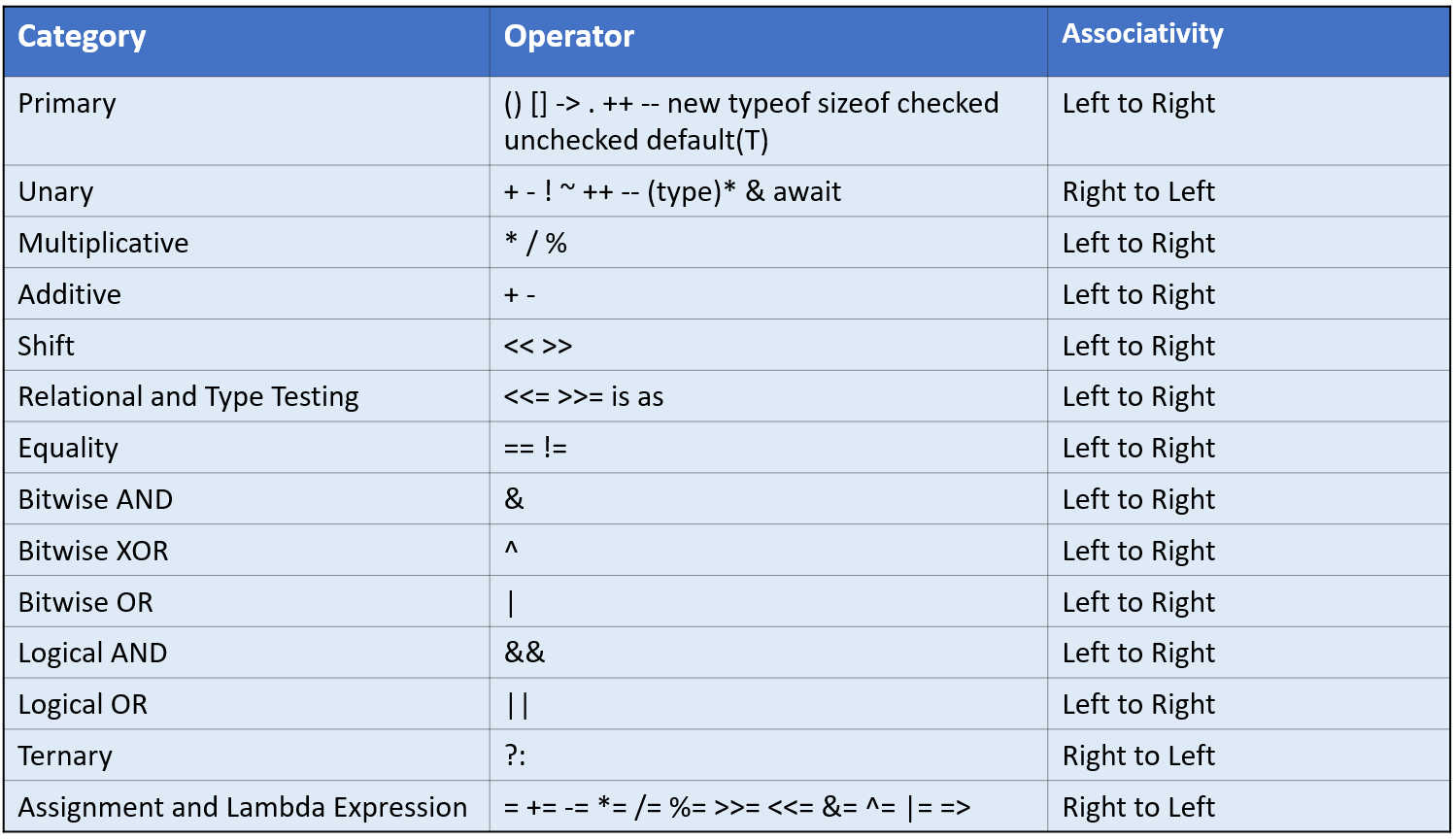
public class Main {public static void main(String[] args) {
int remainder = 17 % 5;
System.out.println("The remainder is " + remainder);
if (remainder == 0) {
System.out.println("17 is divisible by 5");
} else {
System.out.println("17 is not divisible by 5");
}
}
}
In this example, the program calculates the remainder of 17 divided by 5 and prints out the result. It then uses an if statement to determine whether 17 is divisible by 5 based on the value of the remainder.
The modulo operator can also be used in more complex calculations, such as finding the day of the week given a date:
public class Main {public static void main(String[] args) {
int month = 8;
int day = 15;
if ((day + ((month < 3 ? 0 : (month < 8 ? 30 : 89)) % 7) % 7 == 0) ||
(day + ((month < 3 ? 0 : (month < 8 ? 30 : 92)) % 7) % 7 == 0)) {
System.out.println("The day is Saturday");
} else if ((day + ((month < 3 ? 1 : (month < 8 ? 31 : 93)) % 7) % 7 == 0) ||
(day + ((month < 3 ? 2 : (month < 8 ? 32 : 94)) % 7) % 7 == 0)) {
System.out.println("The day is Sunday");
} else if ((day + ((month < 3 ? 3 : (month < 8 ? 33 : 95)) % 7) % 7 == 0) ||
(day + ((month < 3 ? 4 : (month < 8 ? 34 : 96)) % 7) % 7 == 0)) {
System.out.println("The day is Monday");
} else if ((day + ((month < 3 ? 5 : (month < 8 ? 35 : 97)) % 7) % 7 == 0) ||
(day + ((month < 3 ? 6 : (month < 8 ? 36 : 98)) % 7) % 7 == 0)) {
System.out.println("The day is Tuesday");
} else if ((day + ((month < 3 ? 7 : (month < 8 ? 37 : 99)) % 7) % 7 == 0) ||
(day + ((month < 3 ? 8 : (month < 8 ? 38 : 100)) % 7) % 7 == 0)) {
System.out.println("The day is Wednesday");
} else if ((day + ((month < 3 ? 9 : (month < 8 ? 39 : 101)) % 7) % 7 == 0) ||
(day + ((month < 3 ? 10 : (month < 8 ? 40 : 102)) % 7) % 7 == 0)) {
System.out.println("The day is Thursday");
} else if ((day + ((month < 3 ? 11 : (month < 8 ? 41 : 103)) % 7) % 7 == 0) ||
(day + ((month < 3 ? 12 : (month < 8 ? 42 : 104)) % 7) % 7 == 0)) {
System.out.println("The day is Friday");
} else if ((day + ((month < 3 ? 13 : (month < 8 ? 43 : 105)) % 7) % 7 == 0) ||
(day + ((month < 3 ? 14 : (month < 8 ? 44 : 106)) % 7) % 7 == 0)) {
System.out.println("The day is Saturday");
}
}
}
In this example, the program uses a complex calculation to determine which day of the week corresponds to a given date. The modulo operator is used to determine whether the date falls on the first or second part of the month.
Overall, the modulo operator is a useful and versatile tool in Java programming that allows you to perform remainder operations and make more complex calculations.
What is the name of this '%' operator in Java?
I'm happy to help you with that!
The >>> operator in Java is called the unsigned right shift operator. It's a bitwise logical operator that shifts the bits of the left operand (which must be an int or long) to the right by the specified number of places.
Here's how it works: when you use the >>> operator, it takes two operands - the left one and the right one. The right operand is the number of places you want to shift the bits to the right.
For example, if you have an integer x = 8, which in binary is 1000. If you do x >>> 1, what happens is that all the bits are shifted to the right by one place, so the result becomes 0001.
The >>> operator works with both signed and unsigned numbers. However, if you're working with signed integers, you need to be aware of the sign bit (the most significant bit). If the sign bit is 1, then the number is negative, and shifting it right will make it even more negative.
Here's an example: let's say you have an integer x = -8, which in binary is 1000000. If you do x >>> 1, what happens is that all the bits are shifted to the right by one place, so the result becomes -0000001.
The >>> operator has some interesting properties. For example, if you shift a negative number to the right, it will become even more negative (as we just saw). This can be useful in certain algorithms, like calculating the number of leading zeros in an integer.
Another important thing to know is that the >>> operator works with both int and long types in Java. However, if you're working with longs, keep in mind that there's a 64-bit limit on the number of places you can shift by.
In summary, the >>> operator in Java is called the unsigned right shift operator, and it shifts the bits of an integer to the right by a specified number of places. It works with both signed and unsigned integers, but be aware that shifting a negative number will make it even more negative!
